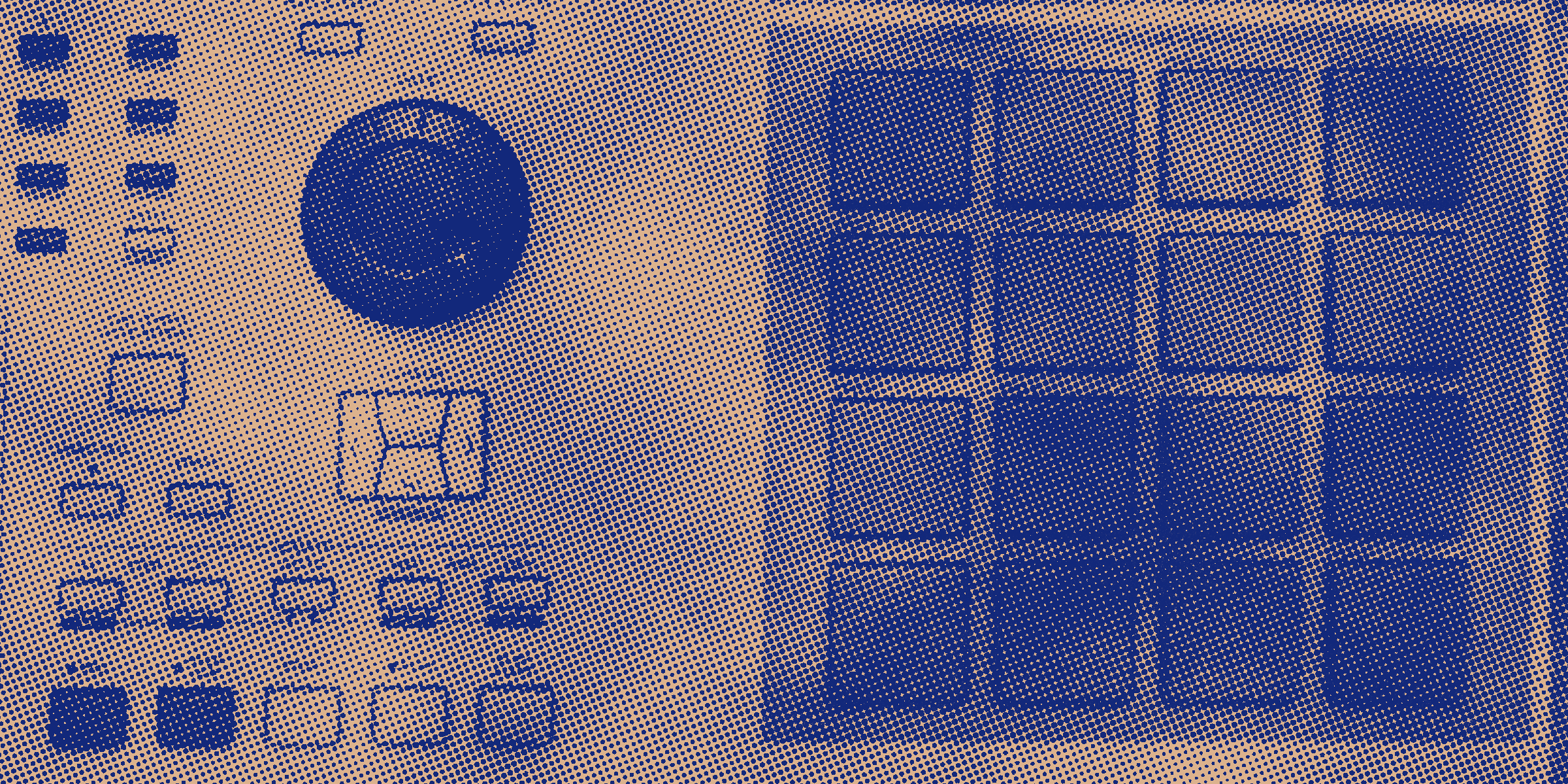Remembering the workhorse MPC 2000XL sampler
Let's blow the dust off the workhorse sampler, the Akai MPC 2000XL, and dig into the story of this classic production powerhouse.

One of the unexpected experiences of the world shutting down for the pandemic is being locked in one place with access to all my old studio gear. Having been based abroad for most of the last decade, I find myself back in Brisbane and digging through all the old gear I produced on or gigged with. And like a lot of producers of that era, at the core of all of that work was the MPC 2000XL. Which is not just an important instrument in my history, but in the history of sampling itself.
I'm sure this exact story is playing out in different cities around the world, with the dust being blown off and the power switch being flicked on out of curiosity, nostlagia, or just a sense of needing to create art while so much of the news is uncertain. The downside many of us are finding is that these units which have put up with so much over the years (especially the abuse of sweaty clubs and dusty tours) are starting to give in to time - especially the burned out screens needing a somewhat costly but cleverly reverse engineered replacement. Is it worth the cost? Its hard to tell, but for the sake of history, may just be.
Cultural Impact
The Akai MPC 2000XL has had a profound impact on popular culture, particularly within the hip-hop and electronic music communities. Its unique sound and workflow have shaped the sound of countless records and have been instrumental in the development of several music genres.
It's hard to imagine artists like J Dilla, Madlib, and Kanye West without thinking of the MPC series, such has it been not only the backbone of their music creation, but a visible part of their brand and aesthetic. If the Fairlight CMI was the sampler for the advanced studios, and the E-mu SP-1200 was for the first wave of producers, the MPC was the tool of choice for those pushing beyond the simpler (but not lesser) forms of boom-bap beats and into deeper sample wrangling. The machine's distinctive swing and the warm, gritty sound of its sampler have become synonymous with the lo-fi, soulful sound of underground hip-hop.
The MPC 2000XL has also found its way into the world of visual arts, with its iconic design being featured in numerous music videos, album covers, and even fashion items. Its cultural significance extends beyond its function as a musical instrument, symbolizing a certain ethos of creativity and authenticity in music production.
Expanded Features and Technical Specifications
The MPC 2000XL is a powerhouse of features and technical specifications that have made it a favorite among music producers. At its core, it's a 64-track sampler/sequencer with a 32-voice stereo sampling engine. The sampling resolution is 16-bit, with a sampling rate of 44.1 kHz, delivering a crisp, high-quality sound.
The machine's memory can be expanded up to 32MB, allowing for a maximum sampling time of 26 minutes in mono or 13 minutes in stereo. It also features time-stretching and pitch-shifting capabilities, allowing producers to manipulate samples in creative ways.
The 2000XL is equipped with two MIDI inputs and four MIDI outputs, enabling it to control up to 64 external devices. It also has two assignable mix outputs and a stereo mix output. The built-in SCSI interface allows for the connection of external storage devices, expanding the machine's storage capacity.
The 16 pressure and velocity-sensitive pads, arranged in a 4x4 grid, are the heart of the machine. These pads can be assigned to any of the four pad banks, effectively allowing for 64 samples to be accessed directly from the front panel.
The MPC Series
The MPC 2000XL is part of a long lineage of MPC machines, each with its own unique features and contributions to the music production landscape. The original MPC60, released in 1988, was the first to introduce the now-iconic 16-pad interface. The MPC3000, released in 1994, added a number of significant improvements, including increased polyphony, a more powerful sequencer, and a vastly improved operating system.
Following the 2000XL, Akai continued to innovate with models like the MPC4000, which introduced a new synthesis engine and a host of digital effects, and the MPC500, the first truly portable MPC. The series has continued into the present day with models like the MPC Live and MPC X, which combine the classic MPC workflow with modern features like multi-touch screens and wireless connectivity. While the evolution has been bumpy (and Akai leans into the same nostalgia run that customers tolerate from Roland) the recent releases have been encouraging.
Roger Linn and the Creation of the MPC
The MPC series was born out of a collaboration between Akai and American engineer Roger Linn. Linn, who had previously designed the groundbreaking LM-1 Drum Computer, brought his expertise in drum machine design to the project.
The goal was to create a machine that combined a powerful sampler with a versatile sequencer, all wrapped up in an intuitive, performance-oriented interface. The result was the MPC60, which quickly became a hit among producers for its unique workflow and powerful features.
Linn's influence can be seen throughout the MPC series, from the design of the 16-pad interface to the distinctive swing of the sequencer. His vision for a hands-on, performance-oriented approach to music production has been a guiding principle for the MPC series, and continues to influence the design of music production hardware to this day.


